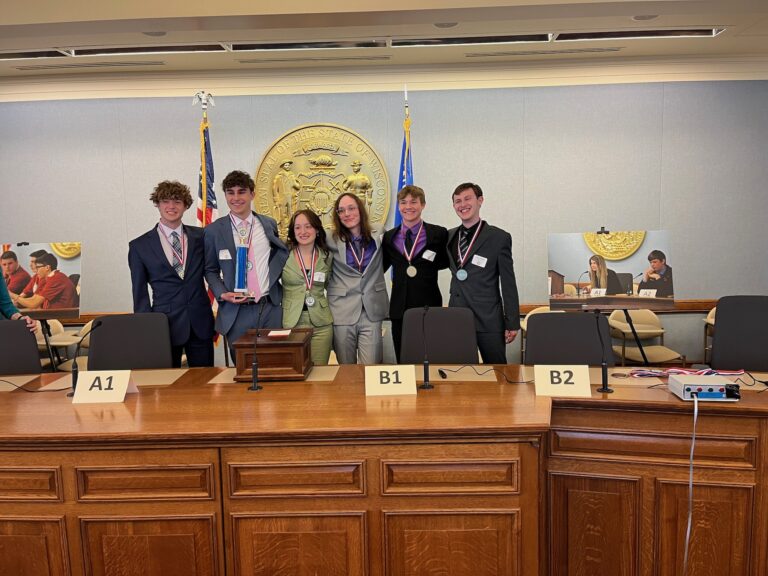Weekly Fiscal Facts are provided to Wisconsin Newspaper Association members by the Wisconsin Policy Forum, the state’s leading resource for nonpartisan state and local government research and civic education. The Wisconsin Policy Forum logo can be downloaded here.
- Download this column as a Word document
- See other WNA Member Content offerings
Tax increment financing is the primary tool that local governments in Wisconsin use to encourage development, particularly in the case of sites with blight, environmental concerns, or other factors that may make projects more costly or unattractive.
State budget provisions put forward by Gov. Tony Evers would limit the use of TIF funds to make cash grants to developers rather than more traditional investments in public infrastructure such as streets and sewers. The use of cash grants appears to have grown in recent years, drawing criticism from those who see them as an unnecessary subsidy to developers but a defense from others who say they can spur growth and reduce the amount of debt assumed by municipalities.
When a new tax increment district is created, the value of taxable property within it (its base value) is determined. Each taxing authority with jurisdiction in the district (the municipality, county, school district, sewerage district, and technical college) continues to collect taxes from that frozen base value throughout the life of the district. However, as the property value of the district increases due to public and private investments, the increased tax revenue derived from the private development, or tax increment, is used to repay project costs and borrowing.
Another proposal from the governor would require “stress tests” prior to TID creation that would examine how difficult economic conditions could affect growth in property values in the district and its ability to repay debt. So far, lawmakers have rejected the governor’s proposals to overhaul TIF.
However, changes to TIF are still worth debating given its importance to local governments and growth over time. The use of TIF has increased substantially in recent years, with districts statewide generating $472 million in property tax levies in 2017 alone. That was up 25% from 2007 after adjusting for inflation.
This information is a service of the Wisconsin Policy Forum, the state’s leading resource for nonpartisan state and local government research and civic education. Learn more at wispolicyforum.org.



